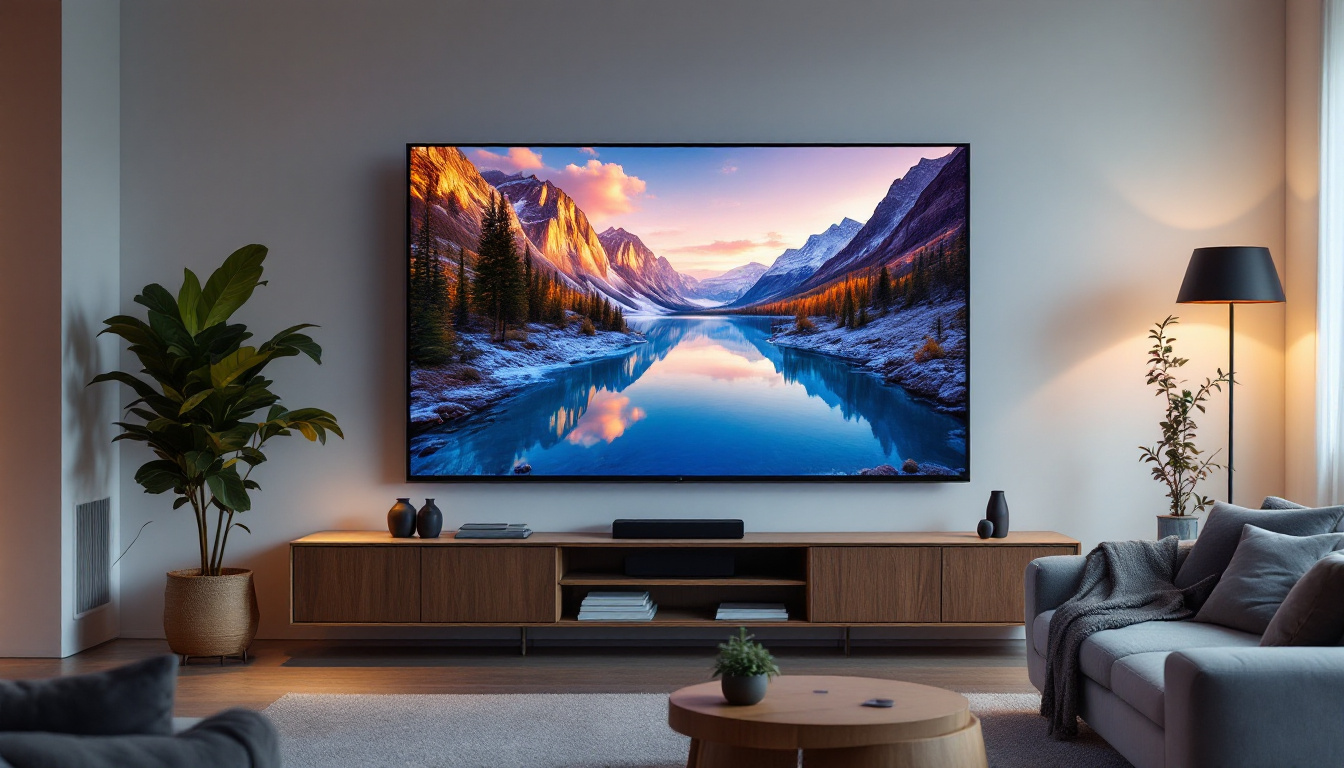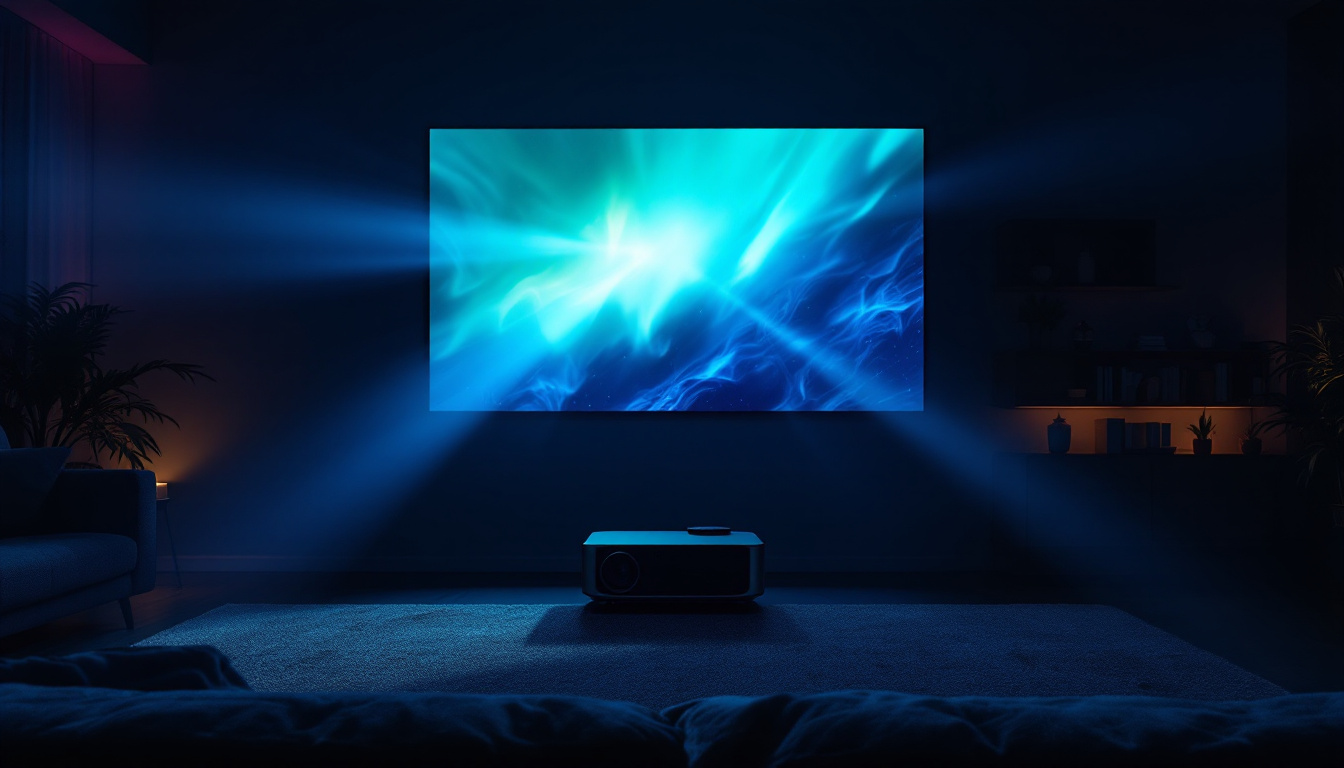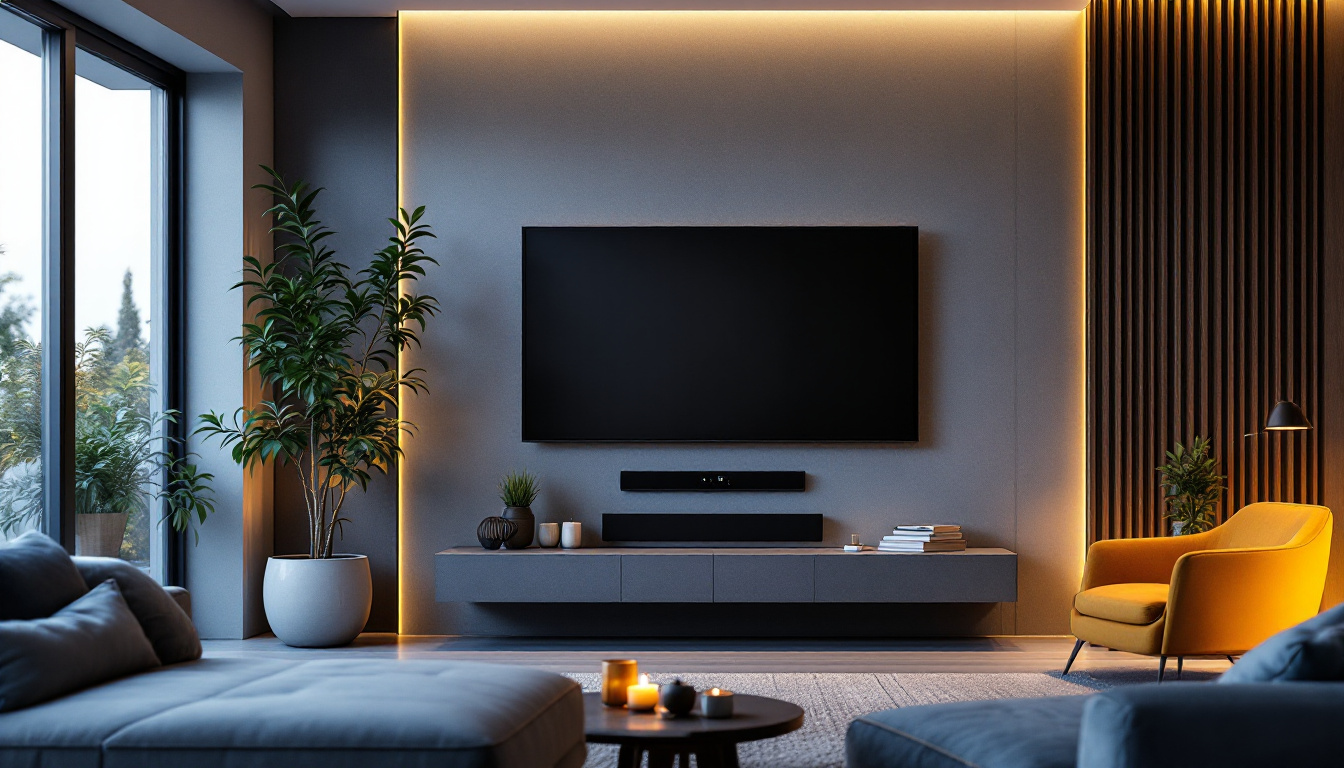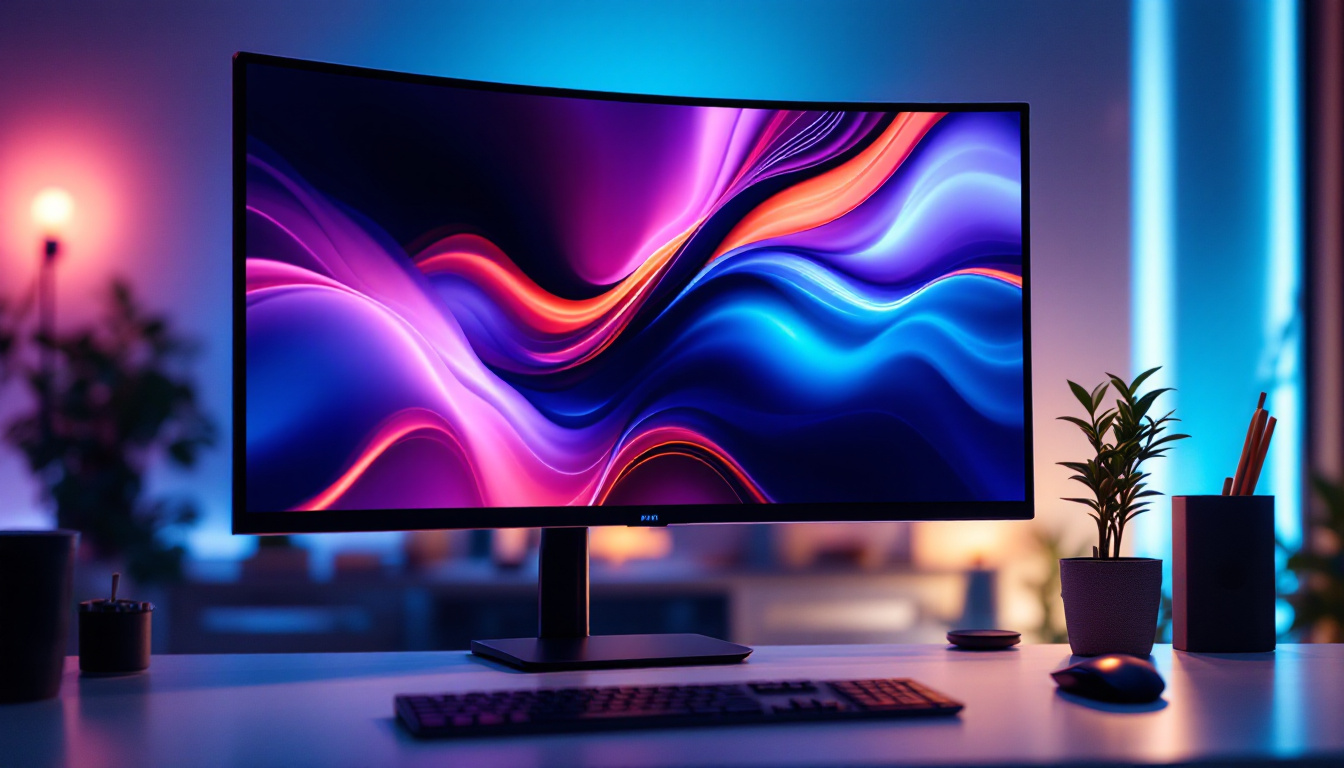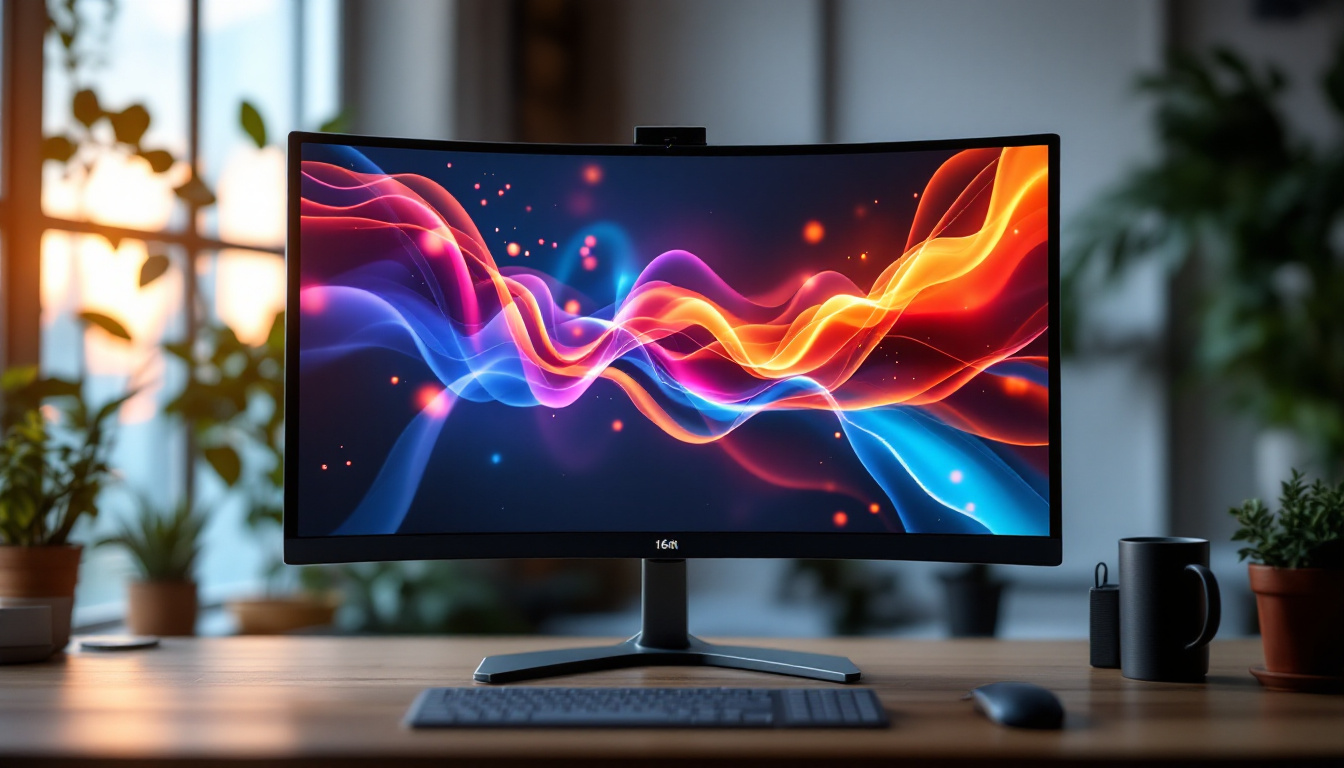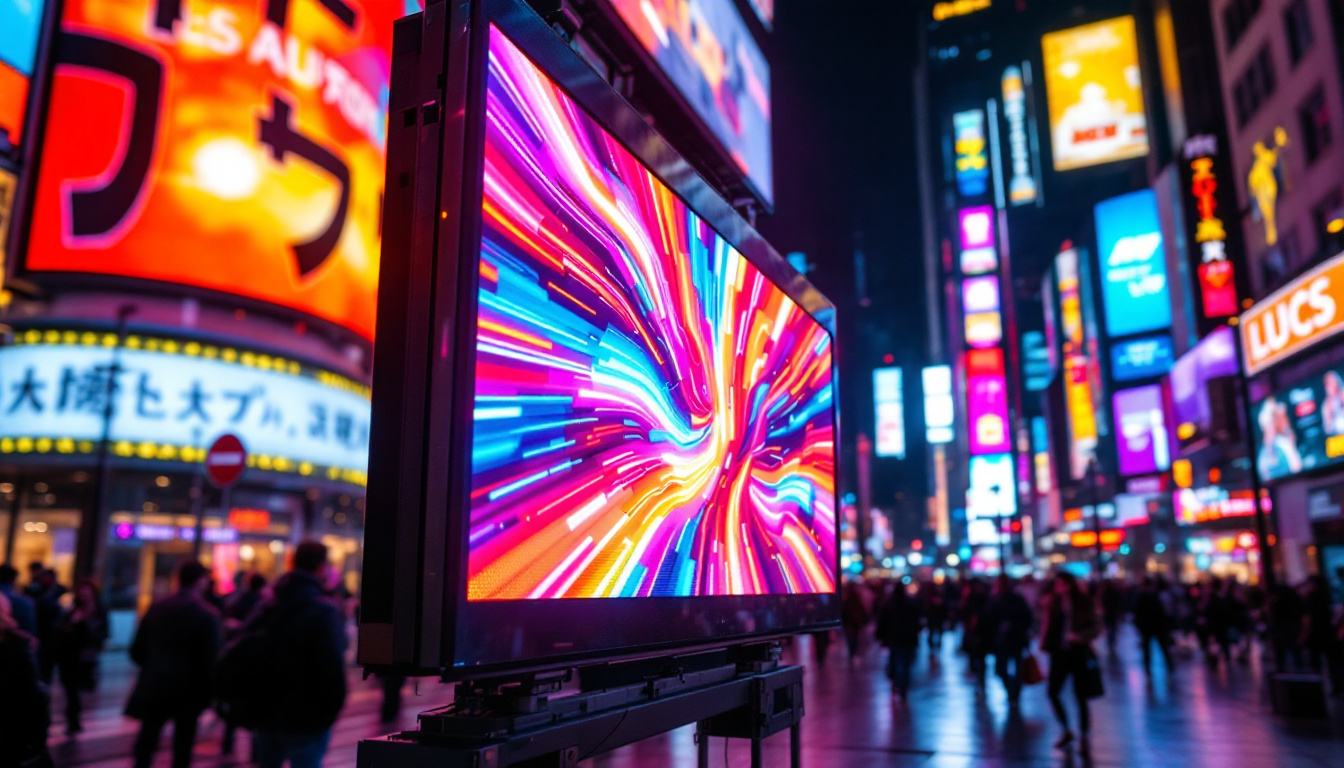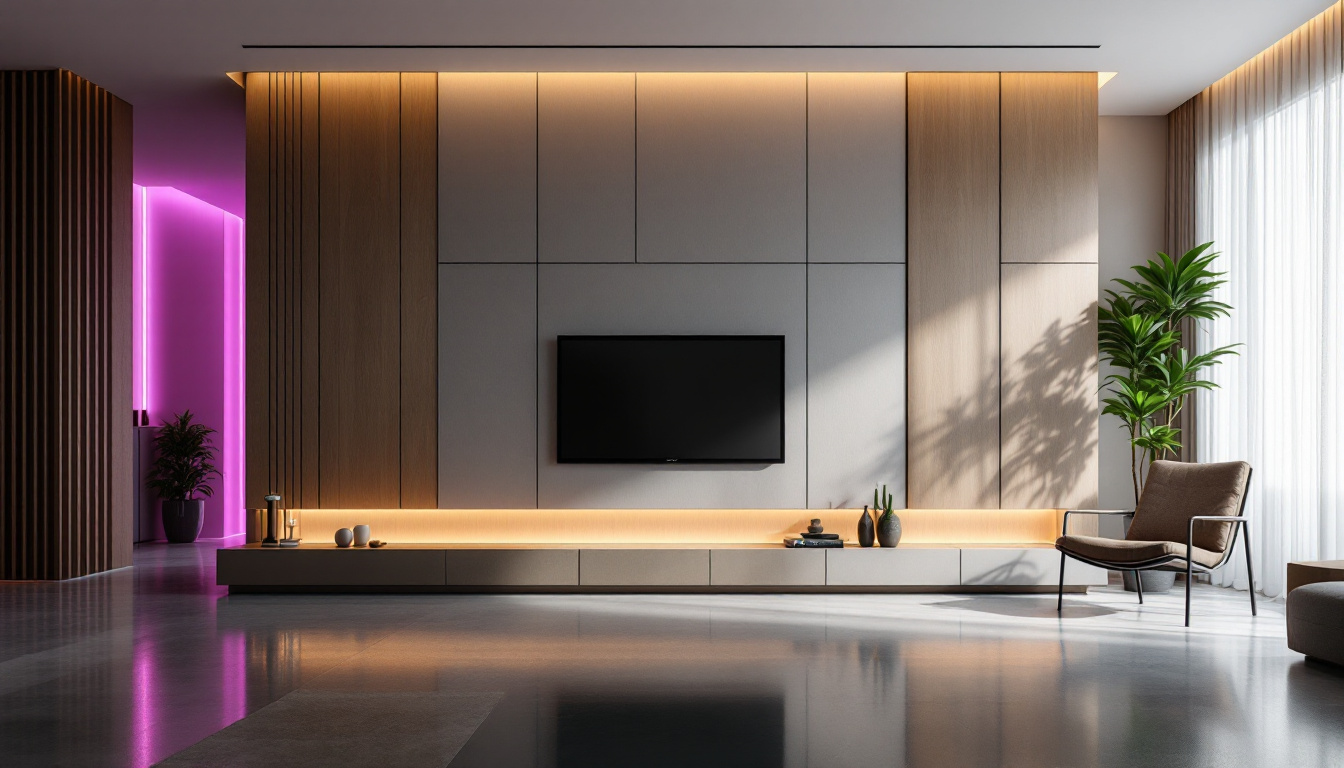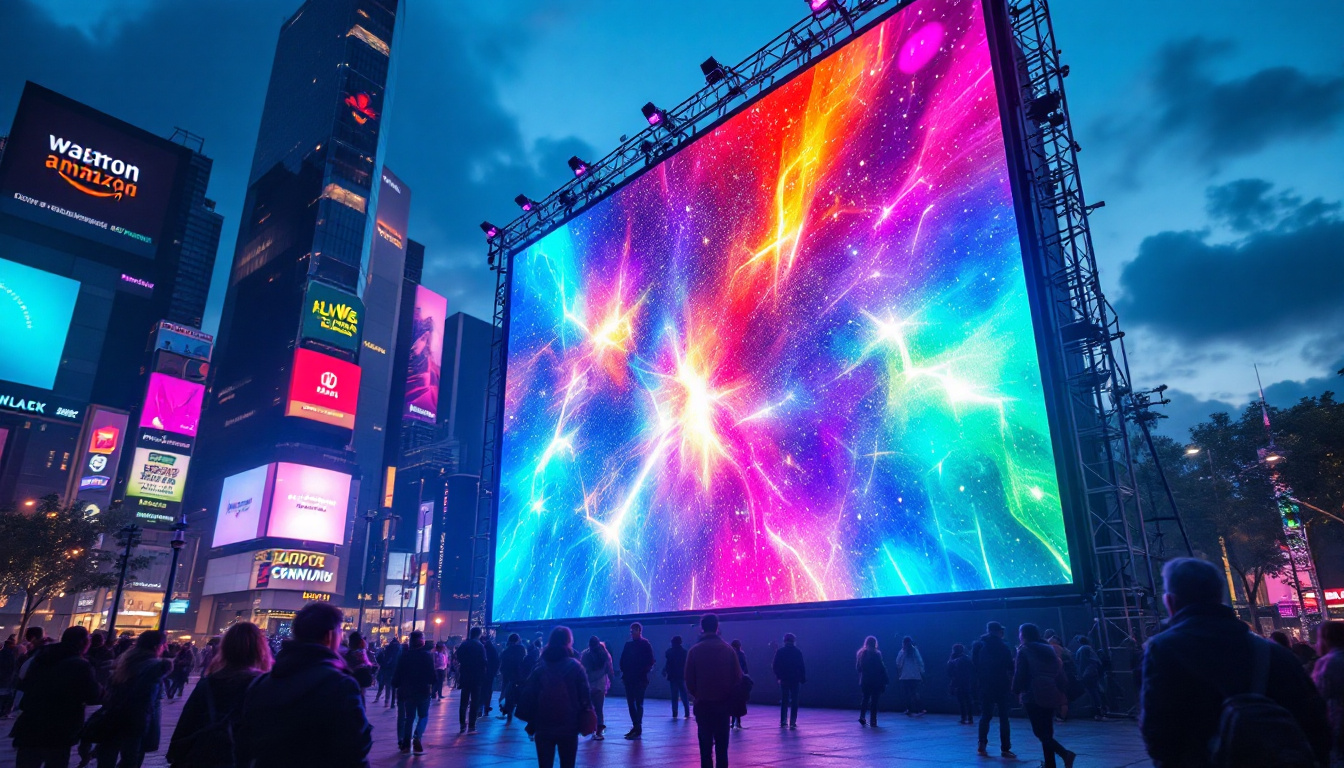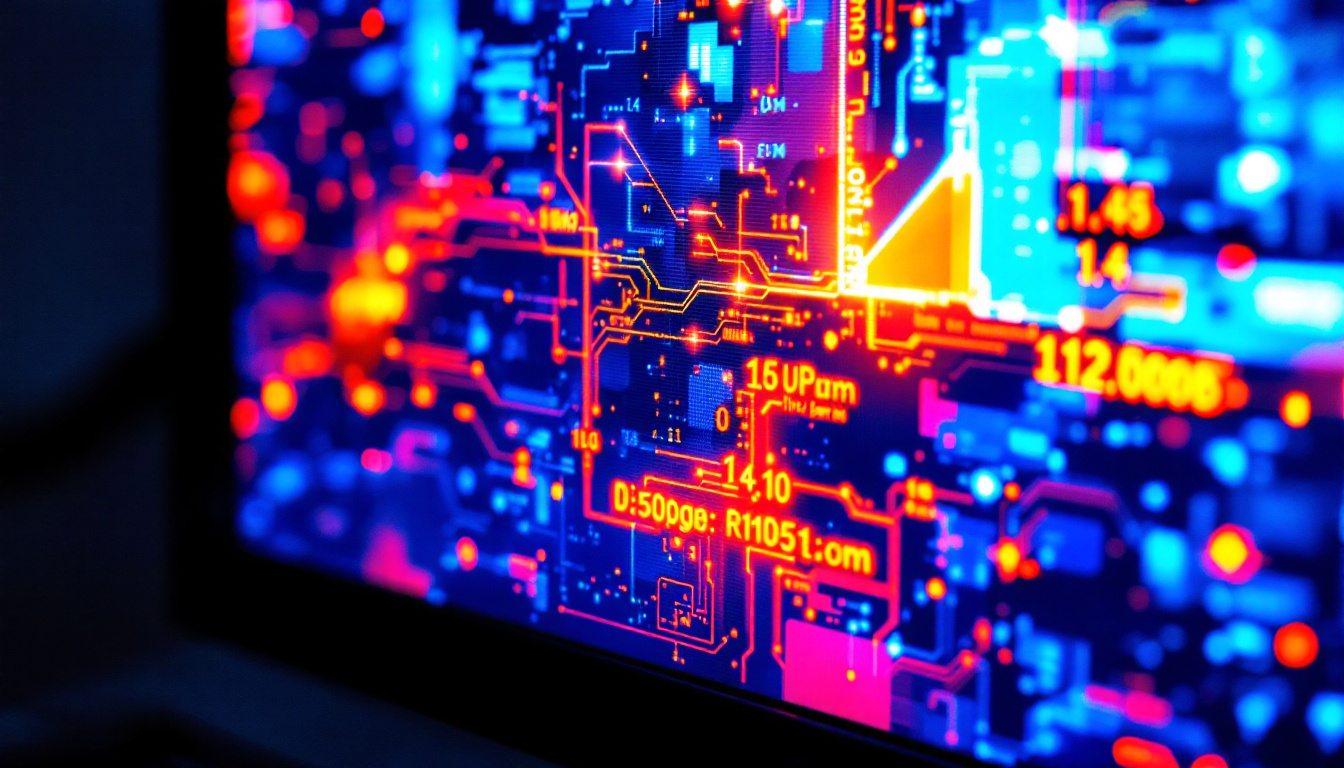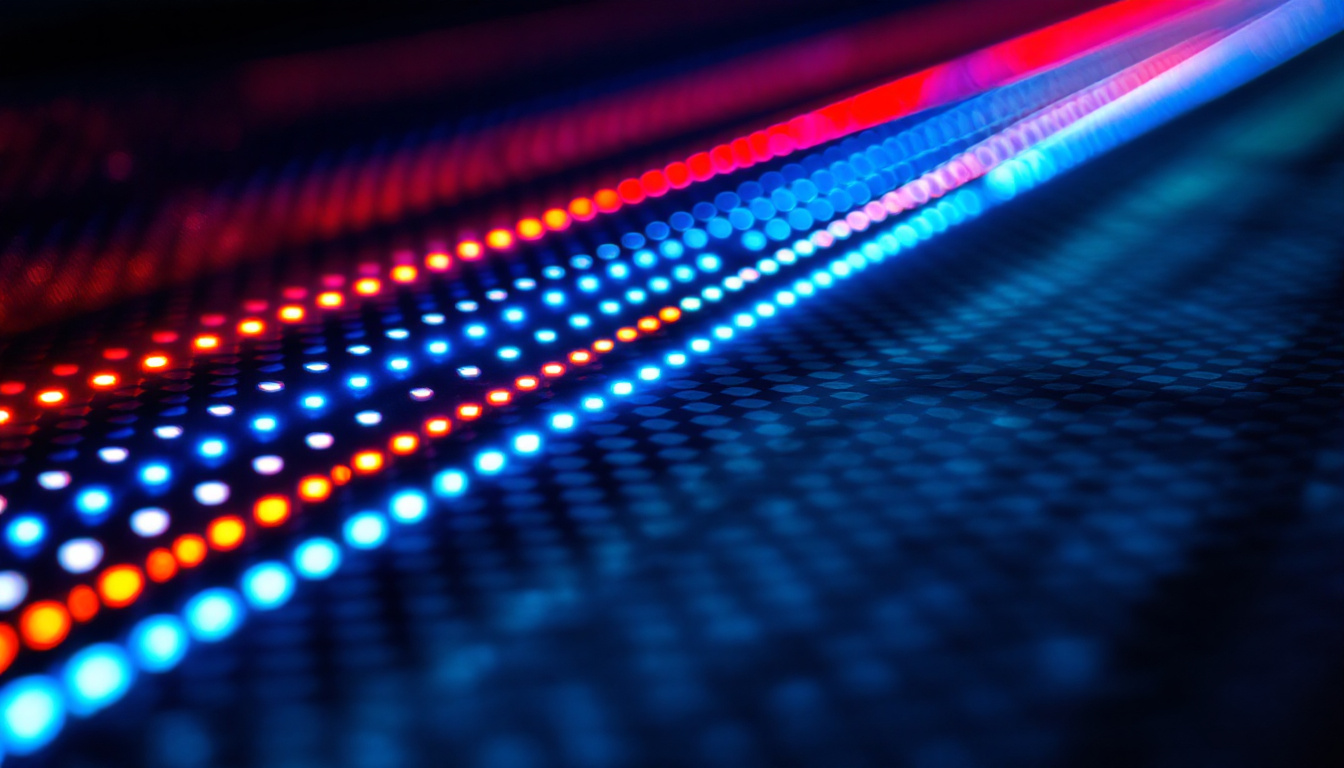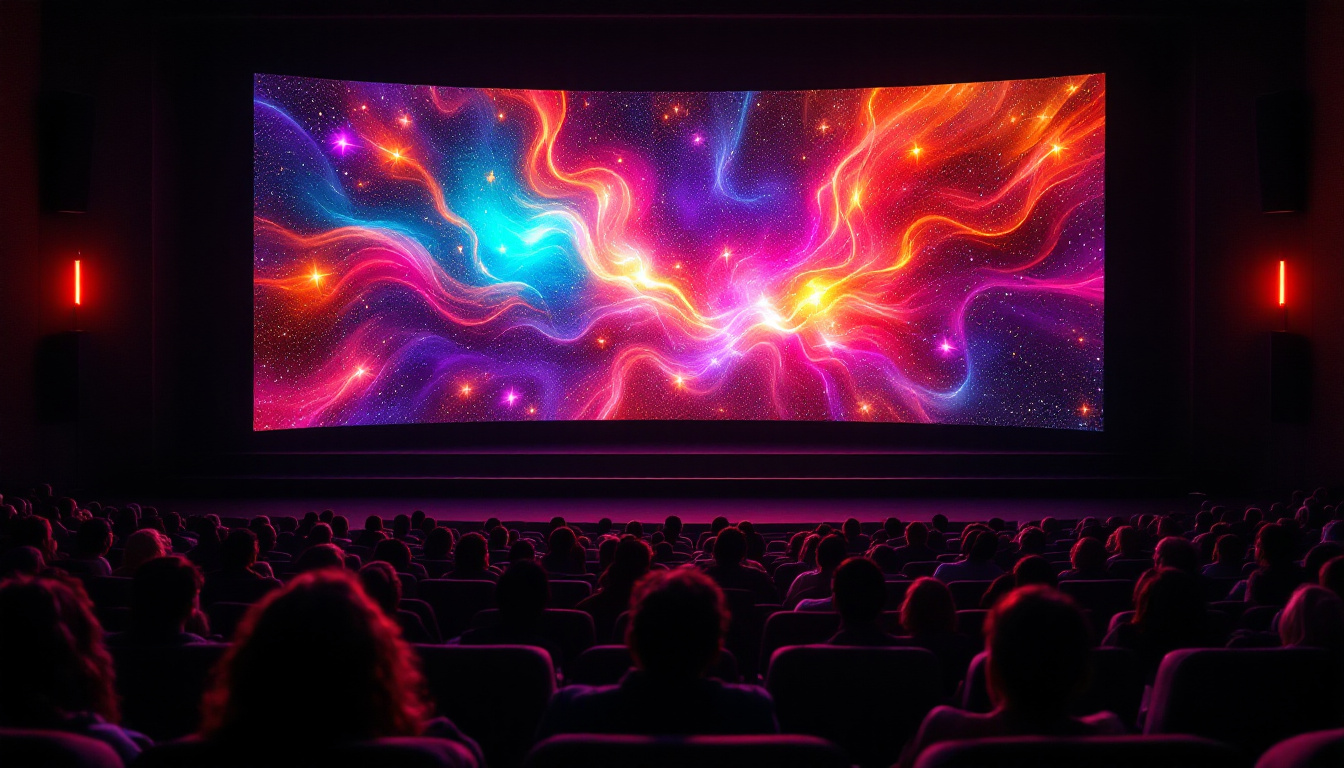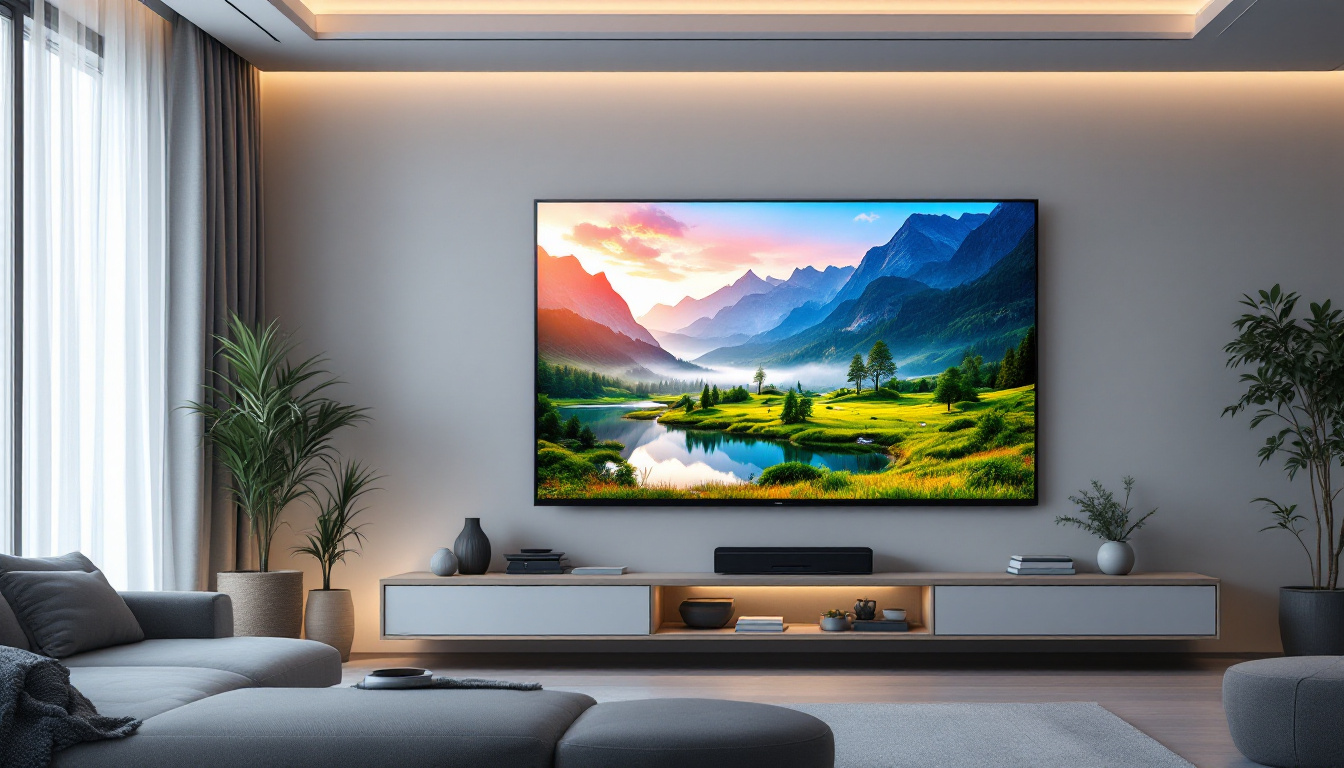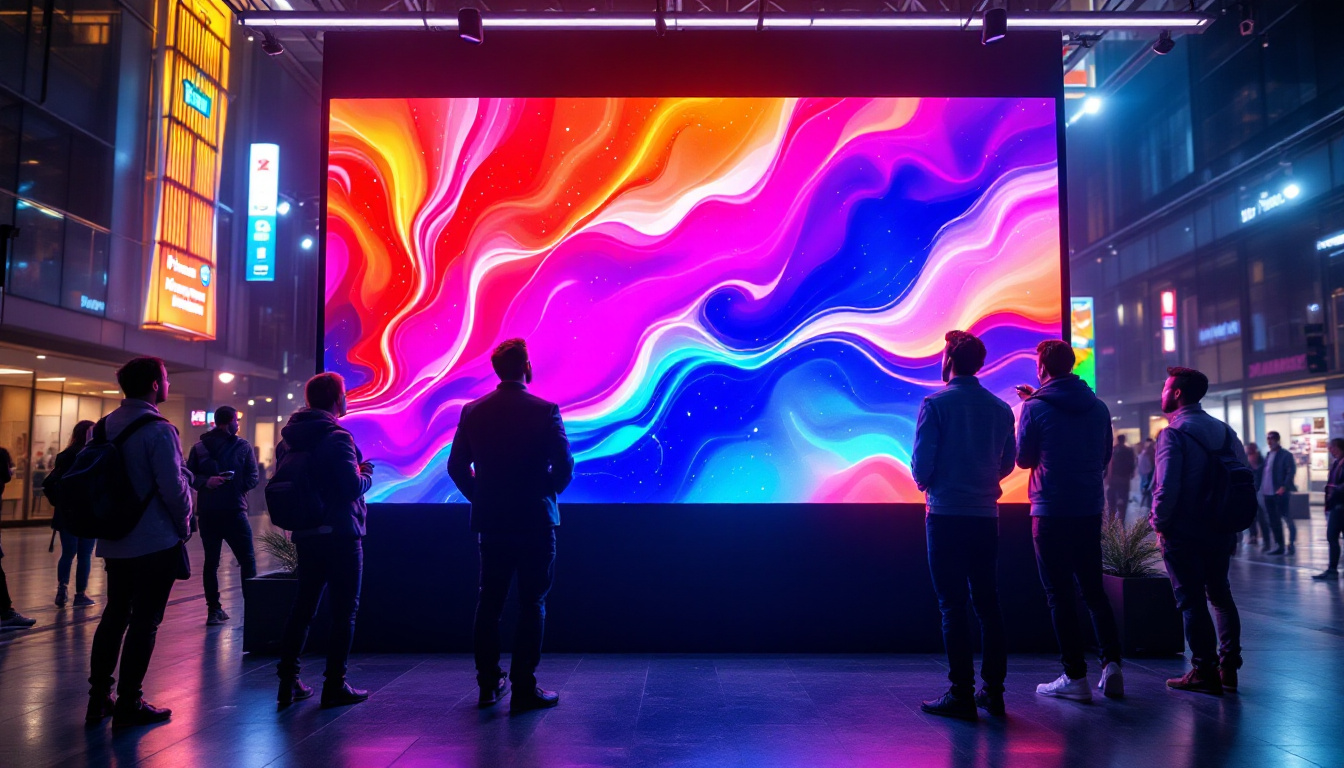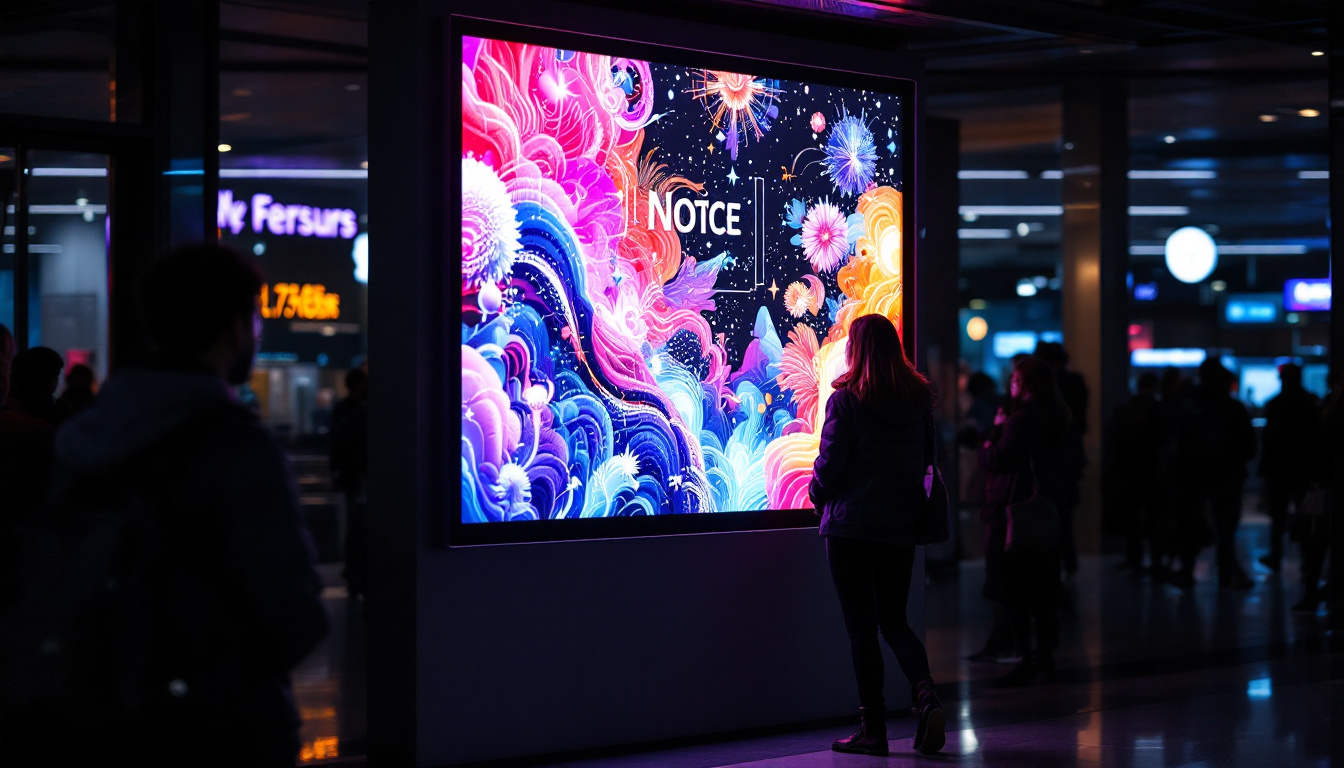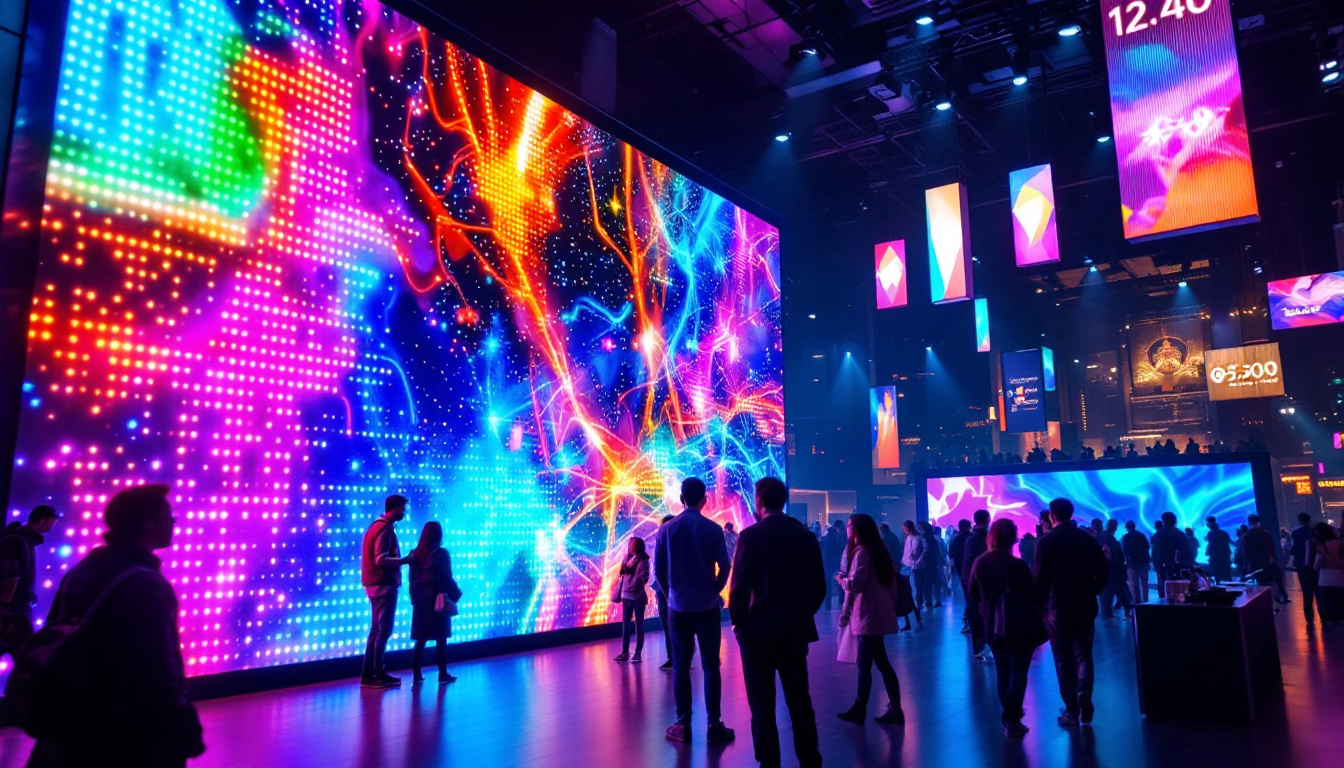Front Projection TV: LED Display Explained
In the realm of home entertainment, the choice of display technology can significantly impact the viewing experience. Among the various options available, front projection TVs with LED displays have gained popularity for their ability to deliver large images with vibrant colors and exceptional clarity. This article delves into the intricacies of front projection TVs, particularly focusing on LED display technology, its benefits, and considerations for potential buyers.
Understanding Front Projection Technology
Front projection technology utilizes a projector to cast images onto a screen or a flat surface. This method allows for larger screen sizes compared to traditional televisions, making it a favored choice for home theaters and large viewing spaces. The projector is typically placed in front of the screen, hence the term “front projection.”
How Front Projectors Work
At the core of front projection technology is the projector itself, which consists of several key components: a light source, optics, and a display panel. The light source, often an LED or laser, illuminates the display panel, which contains the image data. The optics then magnify and project the image onto the screen.
LED projectors utilize light-emitting diodes as their light source, offering several advantages over traditional lamps. They provide brighter images, longer lifespans, and lower energy consumption. This makes them an appealing option for both casual viewers and cinephiles alike. In addition to their efficiency, LED projectors also tend to have better color accuracy and contrast ratios, which enhance the overall viewing experience, making colors more vibrant and details more pronounced.
Advantages of Front Projection TVs
Front projection TVs come with a range of benefits that enhance the viewing experience. One of the most significant advantages is the ability to create a cinema-like atmosphere in the comfort of one’s home. With the capability to project images that can exceed 100 inches diagonally, they offer an immersive experience that standard TVs cannot match.
Additionally, front projectors can be more cost-effective for larger screen sizes. While high-end large-screen TVs can be prohibitively expensive, front projectors often provide a more budget-friendly solution for achieving the same visual impact. Moreover, the flexibility in screen options—ranging from fixed frames to portable screens—allows users to customize their setup according to their space and preferences. This adaptability is particularly beneficial for those who may want to transform a room for movie nights or presentations without permanent installations.
Furthermore, front projection systems often come equipped with advanced features such as 4K resolution and high dynamic range (HDR) capabilities, which significantly enhance the clarity and depth of the images being projected. These features allow viewers to enjoy their favorite films and shows with stunning detail and lifelike colors, making the viewing experience not just larger, but also richer and more engaging. The ability to connect to various devices wirelessly or through HDMI ports also adds to the convenience, allowing seamless integration with streaming services, gaming consoles, and more.
LED Display Technology: A Closer Look
LED display technology has revolutionized the way images are produced and viewed. By utilizing light-emitting diodes, LED displays offer several advantages over traditional LCD and plasma screens. Understanding how LED technology works is essential for appreciating its role in front projection TVs.
How LED Displays Function
LED displays function by using an array of tiny light-emitting diodes to create images. These diodes can emit different colors of light, allowing for the creation of a full-color spectrum when combined. In front projectors, the LED light source illuminates the display panel, which modulates the light to create images that are projected onto a screen.
One of the key features of LED displays is their ability to produce high contrast ratios. This means that they can display deeper blacks and brighter whites, resulting in more vivid and lifelike images. This characteristic is particularly beneficial in darker viewing environments, where the contrast can significantly enhance the overall experience. Moreover, the rapid response time of LED technology minimizes motion blur, making it ideal for fast-paced content such as sports and action movies, where clarity is paramount.
Benefits of LED Technology in Projection
LED technology brings several advantages to front projection TVs, making them an appealing choice for consumers. One of the most notable benefits is energy efficiency. LED projectors consume significantly less power compared to traditional lamp-based projectors, leading to lower electricity bills and a reduced environmental footprint.
Additionally, LED projectors have longer lifespans, often lasting up to 20,000 hours or more. This longevity means less frequent replacements and maintenance, making them a more convenient option for users. Furthermore, LED projectors tend to warm up quickly and reach full brightness almost instantly, enhancing the user experience. The compact size of LED projectors also allows for greater flexibility in installation, enabling users to set them up in a variety of locations without the need for extensive modifications. This adaptability is particularly advantageous for home theaters, classrooms, and business presentations, where space can often be a constraint.
Another significant benefit of LED technology is its ability to produce a wider color gamut. This means that LED displays can reproduce a broader range of colors more accurately than their predecessors. This capability is especially important for filmmakers and content creators who rely on precise color representation to convey their artistic vision. As a result, viewers can enjoy a more immersive experience, with colors appearing more vibrant and true-to-life. Additionally, advancements in LED technology, such as the introduction of RGB LED systems, have further enhanced color accuracy and brightness, making them a top choice for high-end projection systems.
Considerations When Choosing a Front Projection TV
While front projection TVs offer numerous benefits, several factors should be considered before making a purchase. Understanding these considerations can help consumers make informed decisions that align with their viewing preferences and space constraints.
Room Size and Lighting Conditions
The size of the room and the lighting conditions play a crucial role in the effectiveness of front projection TVs. Ideally, these projectors perform best in dark or dimly lit environments. Excessive ambient light can wash out the projected image, reducing contrast and overall quality.
When selecting a front projector, consider the size of the room and the distance from the screen. Larger rooms may require higher lumen output to ensure bright and clear images, while smaller spaces can accommodate lower lumen projectors. Additionally, the choice of screen material can also impact the final image quality.
Screen Options
The type of screen used with a front projection TV can significantly influence the viewing experience. There are various screen materials available, each with unique properties that can enhance or detract from image quality. For instance, matte screens are great for ambient light environments, while high-gain screens can amplify brightness in darker rooms.
Furthermore, screen size and aspect ratio should be considered based on the projector’s capabilities and the viewer’s preferences. A well-matched projector and screen combination can elevate the overall experience, providing sharp and vibrant images.
Installation and Setup
Setting up a front projection TV requires careful planning and consideration. The installation process can vary depending on the projector type, screen choice, and room layout. Proper installation ensures optimal performance and enhances the overall viewing experience.
Mounting Options
Front projectors can be mounted in various ways, including ceiling mounts, wall mounts, or placed on a shelf. Ceiling mounts are often preferred for a clean look and to save space. However, they require precise measurements and installation to ensure the projector is aligned correctly with the screen.
Alternatively, some users may opt for portable projectors that can be easily moved and set up as needed. These projectors offer flexibility but may require additional setup time for each use.
Calibration and Adjustment
Once the projector is installed, calibration is essential to achieve the best image quality. This process involves adjusting settings such as brightness, contrast, color balance, and sharpness to suit the specific viewing environment. Many projectors come with built-in calibration tools, but professional calibration services are also available for those seeking the highest quality.
Future Trends in Front Projection Technology
The world of front projection technology is continually evolving, with advancements in both hardware and software. As consumer demands change, manufacturers are innovating to enhance the viewing experience further.
4K and Beyond
One of the most significant trends in front projection technology is the move towards higher resolution displays. 4K projectors are becoming increasingly common, offering four times the resolution of standard 1080p projectors. This increase in resolution allows for greater detail and clarity, making it ideal for large screen sizes.
Furthermore, advancements in 8K projection technology are on the horizon, promising even more stunning visuals. As content availability increases, consumers can expect to see more options for high-resolution viewing experiences.
Smart Features and Connectivity
Another trend is the integration of smart features into front projectors. Many modern projectors now come equipped with built-in streaming capabilities, allowing users to access popular services directly without the need for additional devices. This convenience enhances usability and streamlines the viewing experience.
Additionally, improved connectivity options, such as HDMI 2.1 and wireless streaming, are becoming standard. These advancements facilitate seamless connections with various devices, including gaming consoles, Blu-ray players, and streaming devices.
Conclusion
Front projection TVs with LED displays offer a unique and immersive viewing experience that can transform home entertainment. With their ability to produce large, vibrant images and energy-efficient operation, they are an attractive option for many consumers. However, potential buyers should consider factors such as room size, lighting conditions, and installation needs to ensure they select the right projector for their space.
As technology continues to advance, front projection systems are likely to become even more sophisticated, offering enhanced resolution and smart features. Embracing these innovations can lead to a more enjoyable and engaging viewing experience, making front projection TVs a compelling choice for any home theater enthusiast.
Discover the Future of Visual Experience with LumenMatrix
Ready to elevate your home theater experience with the latest in LED display technology? Look no further than LumenMatrix, a pioneer in crafting immersive visual experiences through advanced LED display modules. From the comfort of your living room to the excitement of an outdoor event, our range of solutions, including Indoor and Outdoor LED Wall Displays, Vehicle LED Displays, and more, are designed to bring your content to life. Don’t just watch—immerse yourself in a world of vibrant colors and dynamic visuals. Check out LumenMatrix LED Display Solutions today and transform the way you see entertainment.

